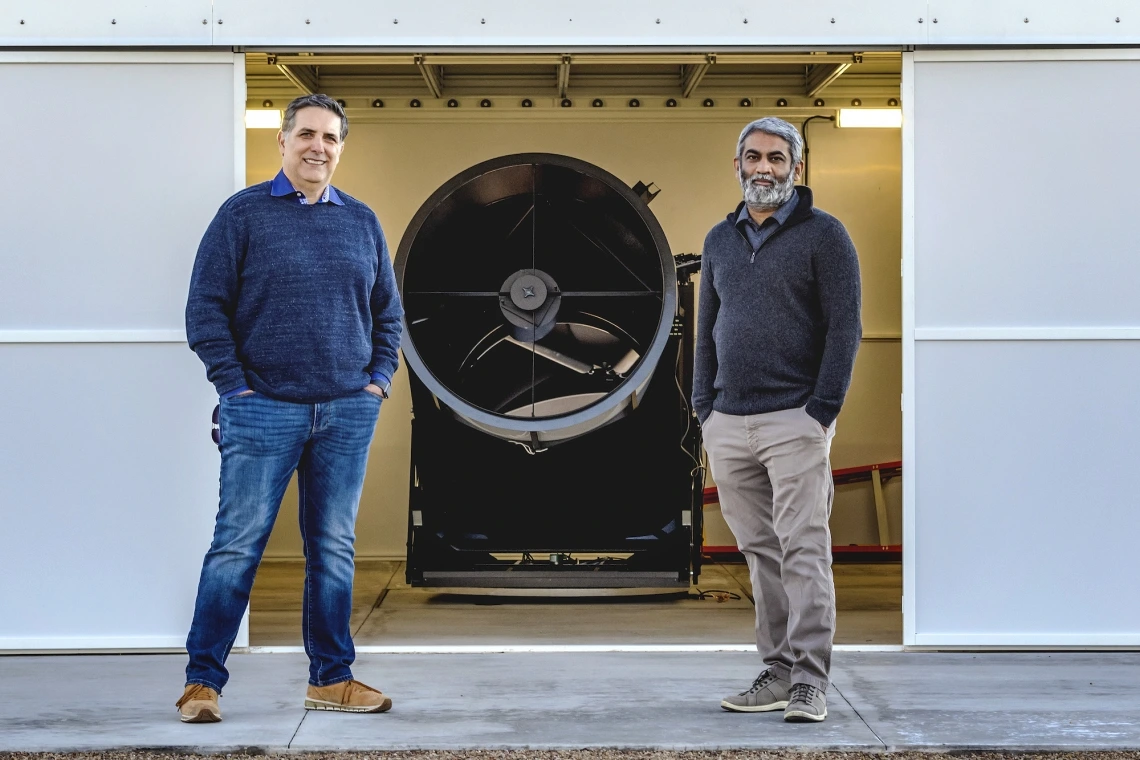Furfaro Building a Catalog of Space Junk

The more that humans explore space, the more space junk there will be. And that can mean big trouble our satellites; even a piece of space junk the size of a marble can do catastrophic damage at a high enough speed. SIE professor Roberto Furfaro is working with professor of planetary science Vishnu Reddy to "describe and track lunar space debris and build the world’s first catalog of cislunar space objects." In an essay for The Conversation, Reddy explains the risks these objects pose.
"This lack of information about human-made objects orbiting the Moon poses many risks for lunar missions," Reddy said. "First is the risk of collision. Humanity is at the beginning of a new wave of lunar exploration. Over the next 10 years, six countries and several commercial companies have plans for more than 100 missions. With every mission, the risk of a collision with existing debris increases and so, too, does the total amount of debris as missions leave junk behind."
The team are linking historical observations from various telescopes and databases to each other to identify space junk. They are additionally using a UA-built telescope to track objects, such as Chang’e 5, China’s first lunar sample return mission.
"To date, my team has been able to identify a few dozen pieces of debris in cislunar space and are continuing to add to our ever-expanding catalog. The vast majority of the work ahead comprises continued observations and matching objects to known missions to confirm what objects are out there and where they came from," Reddy said. "While there is still a long way to go, these efforts are designed to ultimately form the basis for a catalog that will help lead to safer, more sustainable use of cislunar orbital space as humanity begins its expansion off of the Earth."
